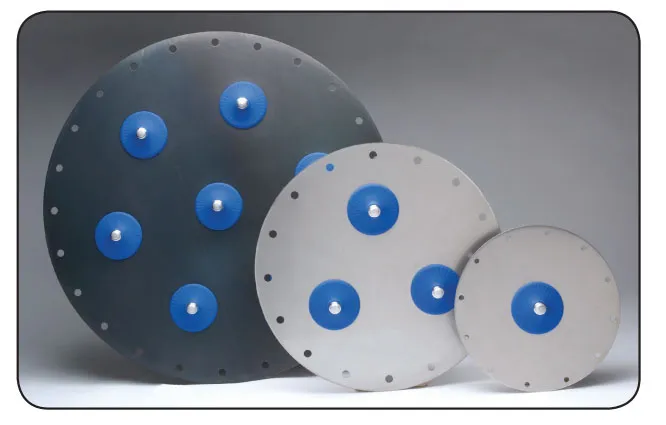How Fluidizers Enhance Powder Flow and Prevent Material Buildup

Industrial processes often face challenges with powder flow, which can impede efficiency and lead to costly downtime. The role of a fluidizer is crucial in maintaining consistent flow and preventing material buildup, especially in industries dealing with fine or sticky powders. Fluidizers are designed to keep bulk materials flowing smoothly, minimizing blockages and ensuring operational efficiency.
Fluidizers have revolutionized how industries handle material flow issues through innovative designs and applications. These devices optimize production processes across numerous sectors by creating various flow-improving solutions, ensuring materials move seamlessly and do not accumulate in undesired areas.
Key Takeaways:
- Understand the significance of fluidizers in enhancing powder flow and preventing material buildup.
- Explore various techniques and benefits associated with using fluidizers.
- Learn about the challenges and future trends in powder flow management.
Table of Contents:
- The Importance of Fluidizers in Industrial Processes
- Techniques Used By Fluidizers
- Benefits of Using Fluidizers
- Applications Across Different Industries
- Challenges in Powder Flow Management
- Future Trends in Enhancing Powder Flow
- Conclusion
The Importance of Fluidizers in Industrial Processes
Fluidizers play a crucial role in many industrial processes by improving the flow of powders and granular materials. Blockages in material flow can severely disrupt production, causing delays and increasing costs. Fluidizers prevent this by introducing air or mechanical vibration to encourage continuous movement of materials. This helps avoid clogs or build-up within equipment, which could otherwise obstruct operation. As operations become more complex, fluidizers ensure that processes remain efficient and productive.
Techniques Used By Fluidizers
Fluidizers utilize various techniques to enhance the flow of materials. One common method involves introducing air into the powder bed, which reduces friction and facilitates smoother movement. Mechanical aids such as vibrators may also agitate particles, minimizing the likelihood of them interlocking and accumulating. Additionally, fluidizers can be integrated with sensors and control systems to optimize their function based on real-time data about the material flow, leading to more intelligent process management.
Benefits of Using Fluidizers
The primary advantage of employing fluidizers in industrial settings is improving material flow, which boosts efficiency and reliability. This decreases equipment wear and tear, as particles do not remain static within confined spaces, reducing the stress on machinery. Moreover, fluidizers contribute to product consistency by ensuring that materials are mixed and moved uniformly, enhancing the quality of the final product.
Applications Across Different Industries
Fluidizers are used extensively across various sectors, including pharmaceuticals, food processing, and chemical manufacturing. Consistent powder flow is essential for accurate dosage and mixing in the pharmaceutical industry. Food processors use fluidizers to maintain uniformity in powders and cereals. Chemical manufacturers rely on them to prevent chemical compounds from solidifying and sticking within production lines. Through these wide-ranging applications, fluidizers play an integral role in maintaining diverse industrial processes’ operational standard and efficiency.
Challenges in Powder Flow Management
Despite their advantages, integrating fluidizers into existing systems is not without challenges. Variations in material properties, such as moisture content and particle size, can affect fluidizers’ efficiency. Additionally, maintenance and monitoring are needed to ensure they function optimally. Adapting fluidizers to handle different material types requires careful consideration and planning, often necessitating a tailored approach to address unique industrial requirements.
Future Trends in Enhancing Powder Flow
The future of powder flow management will evolve with advancements in automated systems and smart technology. Integrated sensors and monitoring tools will offer real-time data, optimizing fluidizer performance dynamically. There’s also a growing focus on developing sustainable technologies that minimize energy consumption, aligning with broader industrial trends towards eco-friendliness. As these technologies advance, fluidizers’ capabilities will expand, providing more robust and adaptable solutions for material flow challenges.
Conclusion
Fluidizers have undeniably transformed how industries handle powder flow, mitigating build-up and ensuring efficiency in production processes. As industries continue to innovate and seek ways to enhance productivity, fluidizers will remain pivotal, evolving alongside technological advances to meet future demands. Their ability to adapt to various materials and integrate into different sectors underscores their value in modern manufacturing, cementing their role as a fundamental component in process optimization.






